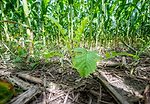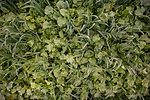Articles Tagged with ''cover crops''
[Podcast] Cover Crop Lessons Learned in Hungary
Hungary is the destination for this week’s podcast, as Pennsylvania cover crop expert Steve Groff shares his observations from visiting the country for their first-ever soil health conference. Hungarian growers are just becoming more interested in cover crops and no-till, despite the fact that they plow up to 90% of their land.
Read More





